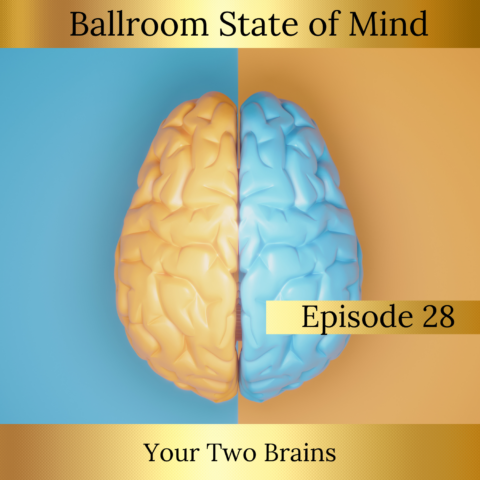
The key to managing your mind might just be found in this concept: you kind of have two brains.
You have a primitive lower brain that is responsible for your survival, and a higher prefrontal cortex that’s responsible for planning, organizing and higher levels of cognition. You need both of these parts of your brain.
Your lower brain makes sure you stay alive by tending to the most important things: seeking pleasure, avoiding pain and conserving energy. The problem with this part of your brain though, is it can feel like you are at the mercy of it. It can be more emotional or fearful, and can sabotage all your plans you make with your prefrontal cortex. Your lower brain looks out for threats and danger because it means to protect you and keep you safe. In the modern age we live in, this often looks like emotional threats–being judged, ostracized, embarrassed, or any negative emotion really.
Your prefrontal cortex can think bigger. IT can plan for the future and make your life better. And part of it’s job is to manage the lower brain so that we don’t just stay in our cave and stay safe.
Managing your brain is about learning to manage the relationship between these two parts. Most of us are operating with the lower brain making a lot of our decisions, or at least sabotaging some decisions we have made. When you are managing these two parts well, you will be operating from your higher brain more of the time. The lower brain will never go away, but it can be relegated to the backseat while your reasonable, logical, more developed higher brain can run things.
Between a stimulus and a response, we can insert a pause. It’s in this pause that we can make a different choice. When you notice you are needing to regulate yourself, take the pause and do 4 things.
1. Become aware of your emotional state–Know what you are thinking, feeling, and doing. What brain are you operating from?
2. Acknowledge what your lower brain is trying to do–It means well. It means to protect you. It makes sense that when you feel in danger, it clicks on.
3. Assess–Are you actually in danger? Are you safe in this moment? Do you need saving and protecting?
4. Talk yourself down–Tell yourself all the things you need to soothe yourself. Calm yourself down. Support yourself. Think positive thoughts that settle you.
What we are talking about here is emotional regulation. It’s noticing how you are feeling and learning how to get out of an automatic reaction and get yourself to a place where you can choose how you want to respond. This is a practice that you can learn how to do, and get better at in a relatively short amount of time.